By Soh Rui Yong
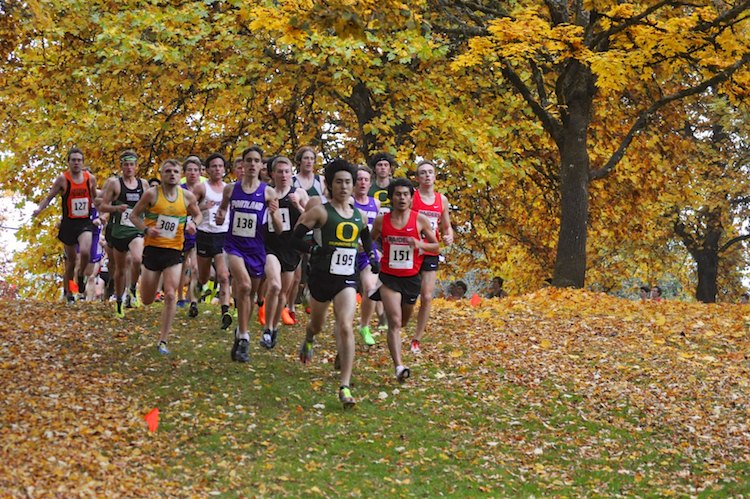
Soh Rui Yong leads the pack in the early part of the race. He eventually finished the 8km race in 26 minutes 21 seconds, in 34th position, and good enough to grab the final spot on the Oregon team headed to the national championships in Hershey, Pennsylvania on November 16. (Photo © Brian Leeson. Used with permission)
Oregon, Wednesday, October 23, 2013 – Ten weeks into my stint here at the University of Oregon, I faced the most important cross country race of the season so far at the 8km Beaver Classic, hosted by the Corvallis Distance Project at Avery Park, Oregon. It served as the University of Oregon Running Club’s selection trials for the final four spots on our 7-man squad to be sent for the national championships. Our top runners – John Carley, Robert Mclaughlan and Matt Bailey – had already been selected based on their stellar performances earlier in the season.
Though I have never been on the losing end of one so far, I have a love-hate relationship with cross country team selection trials.
On the one hand, it is seemingly the fairest and most logical way to select a team to go to the national championships. On the other hand, it might be unfair to base the whole season on one race. It’s heartbreaking.
Why I say that luck is an important factor in cross country is that the nature of the race is so unpredictable. Unlike track, where a maximum of maybe 30 runners race around an oval in a controlled, flat environment, cross country consists of hundreds of runners fighting for space over grass, hills, past trees, over protruding roots, around tight turns and most of the time through narrow spaces than can barely contain five abreast.
It can be a pretty unforgiving experience, as I learnt from my first two races in Oregon, the first of which when I was tripped by teammate Matt Auer – completely unintentional on his part – and sent crashing head first into the ground, suffering a hamstring strain, and the second of which I was almost knocked into a ditch by the Purple Caveman – completely intentional on his part.
We were flagged off together with a field of 100 other runners into the greenery of Avery Park. The dogfight of 29 Oregon guys to make our 7-man strong nationals team had begun.
The photo depicts a sight you won’t see too often – a Singaporean leading a high-quality collegiate cross country meet here in the USA. Having decided to start faster than usual to avoid getting caught at the back of the pack yet again and having to waste energy passing people, I started aggressively this time and held my position in the top 30 for the first 500m of the race.
As the race course narrowed and the front pack slowed into a slow, tactical pace, the guys in the middle, like myself, ended up running into the back of the leaders, sandwiched by the guys coming behind and running into our backs. Arms and elbows started flailing and I even spotted one poor guy get kicked in the arm as runners everywhere battled for space. It was war.
I began to contemplate running up in front rather than sticking in the middle of the pack to avoid being sandwiched, but knew that I wouldn’t be able to hold the lead for long, and would end up looking like a fool if I ran so far up at the start and ended up dying out and finishing far behind. Did I really want to take that risk?
An elbow thrown in my direction made up my mind for me. I put in a burst of speed up a hill and went past more than 20 people, shooting into the lead like an arrow, while the field formed the shape of a streamlined arrowhead behind me. I was sick of fighting for space and would run this race my own way.
I held the lead past the 500m mark, and waited for someone to pass me. Nothing happened. Past 1km in 3 minutes 6 seconds – slow for the standard of the top guys in the race – still nothing. I began to think that the yellow print that spelled “OREGON” the back of my singlet might have given the other competitors the misconception that I knew what I was doing.
I didn’t have a clue as to what to do next. I was just winging it.
Past 1.5km, finally a runner from the University of Portland took over the lead and began to push. Runners began to go with him, and before I knew it, I was out of the top 20. I was running in fourth for our team now. Not too bad. Just needed to hang tough.
We had to run four 2-km loops around the park, and we crossed the first lap in a brisk 6:18. Fast pace for me on grass, with tight turns, and up and down a hill. The fatigue would come in later, but I couldn’t afford to think about that now. Teammates Joachim Krauth – a 3:52, 1,500m runner – and Moises Martinez went past me. I’m now the sixth Oregon runner.
I hear Coach Tom yelling about me being in 26th position or something. Ryan Jones put in his trademark aggressive mid-race surge and went past me, and I was now seventh and in very serious danger of being out of contention for the national squad.
Bucking up, I held my position and crossed 4km feeling reasonably energetic. I passed Moises and was not the sixth Oregon man again. To my surprise, I then passed Matt Bailey who seemed to be struggling – he’s usually far ahead – and moved back into fifth. But passing Matt didn’t really matter since he was already on the team, and with him struggling far back, it meant I had to be in the top-six to make the team, not top-seven.
Andre Walker, another teammate, a 1:56 800m runner, zoomed past me up the third hill of the course, patting my back in encouragement. He’s always been a beast on the hills, and an encouraging teammate, too. I’m back down to sixth and again am in serious danger. I tried to go with Andre but simply couldn’t match his cadence and a gap gradually grew.
Energy sapping away, I stumbled downhill and lost some momentum. My legs started to turn to jelly. I ran past my cheering family who were in Oregon on holiday and had come to support me.
“Come on! You don’t want your season to end here!” A voice inside of me screamed.
Andre caught a tiring Joachim and they were having a great duel with some guy in the red of Oregon State University. Our sworn rivals. With nobody around me, I tried to track them down for the last 2.4km of the race. Crossing 6km, I hear people shouting, “Last lap!” and think, “Geez, if only a lap here is like a lap on the track – 400m!”
I started to close in on Andre and Joachim, but up the hill, the middle distance guys pulled away from me again.
“Goddamn sprinters and their powerful fast twitch muscles,” I thought to myself.
I panted and chased, but couldn’t get to within striking distance before the finishing straight. I stole a glance behind to scout for danger, and saw my training partner Patrick Leary, an 18-year-old freshman and a great training partner who I really like working out with, gaining ground on me quickly. As much as I liked him as a person though, I wasn’t about to let him have the final spot without a fight.
“Sorry, bro.”
I dug deep and drew a finishing sprint over the last 200m. Patrick sprinted really well too, and managed to close the gap, but I outlasted him by three seconds to finish in 26 minutes 21 seconds, in 34th position, and grabbed the final spot on the Oregon team headed to the national championships in Hershey, Pennsylvania on November 16.
Delighted as I was, I did my best to contain my excitement, out of respect for those who had worked extremely hard all season but left disappointed at the end of the day. It’s a tough sport. But as long as the sun rises, there is always next season.
Soh Rui Yong joined the Red Sports Crew in 2010 after taking his GCE A Levels. He was an A Division cross country double winner and is the second-fastest Singaporean in the 10,000m with a time of 32 minutes 26 seconds. An undergraduate at the National University of Singapore, he is now in the University of Oregon on an exchange programme.

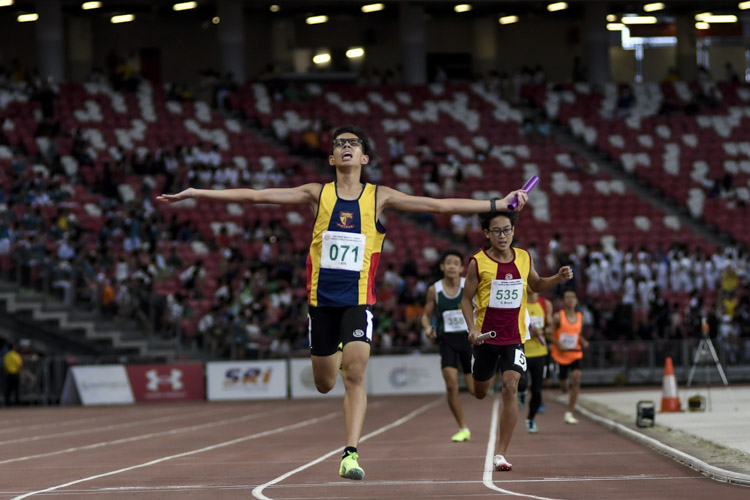
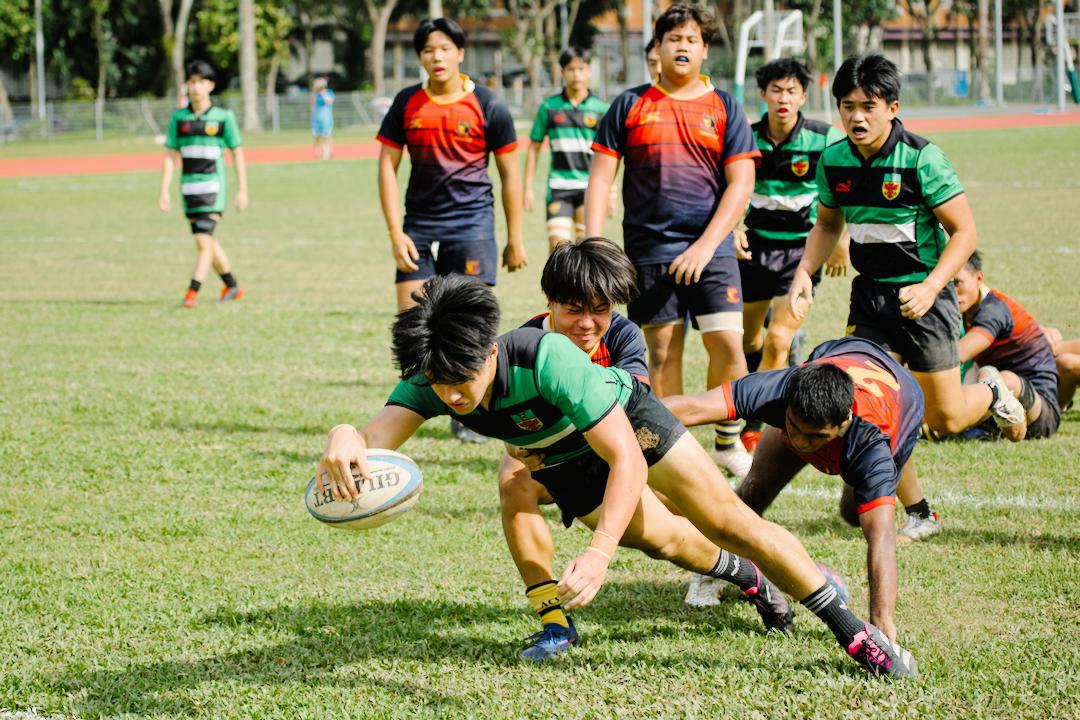
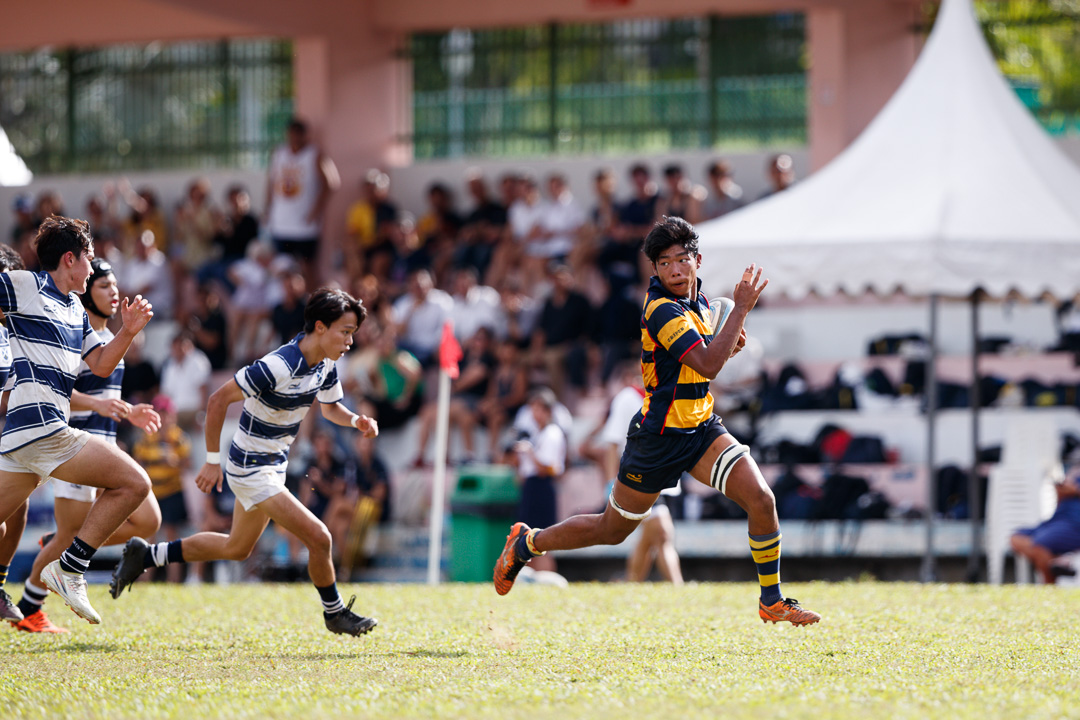
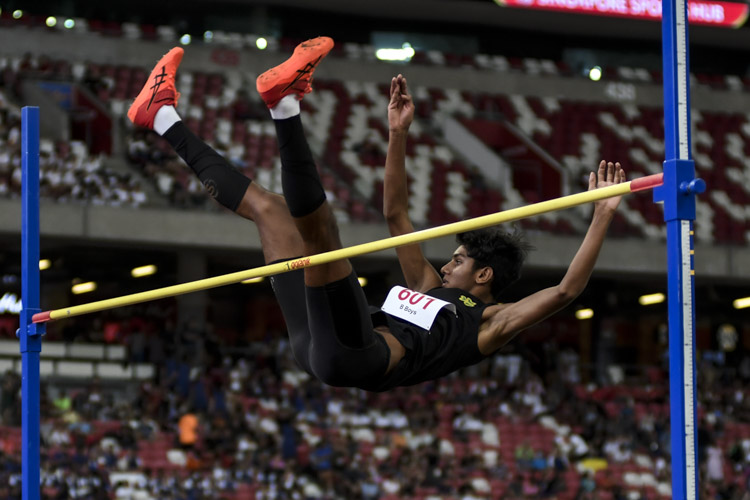
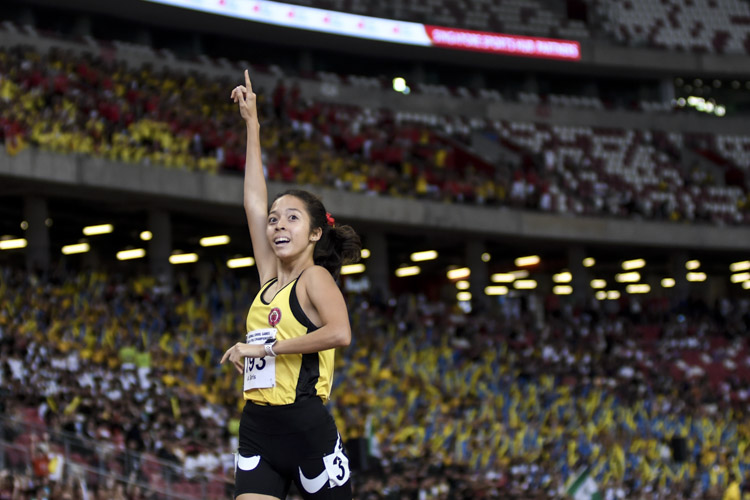
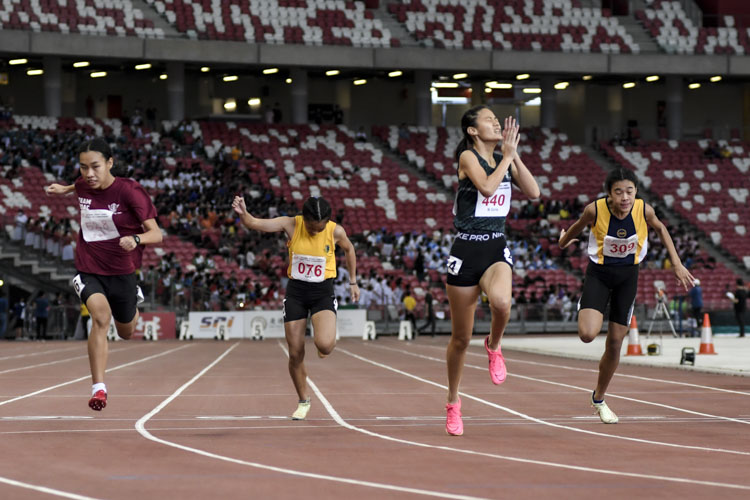
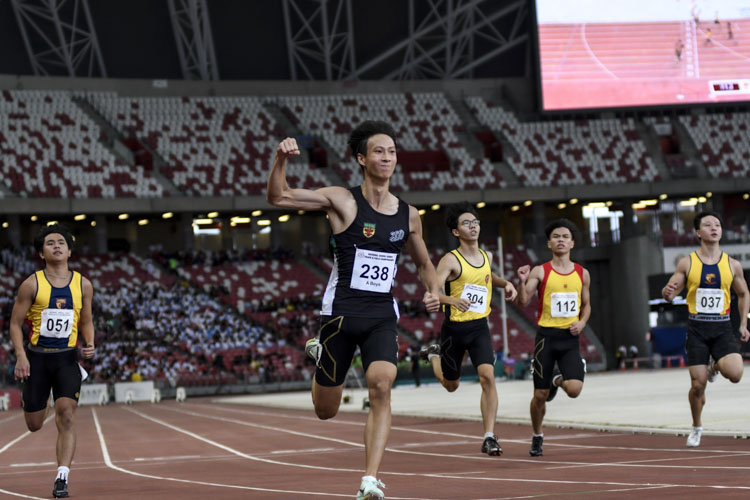
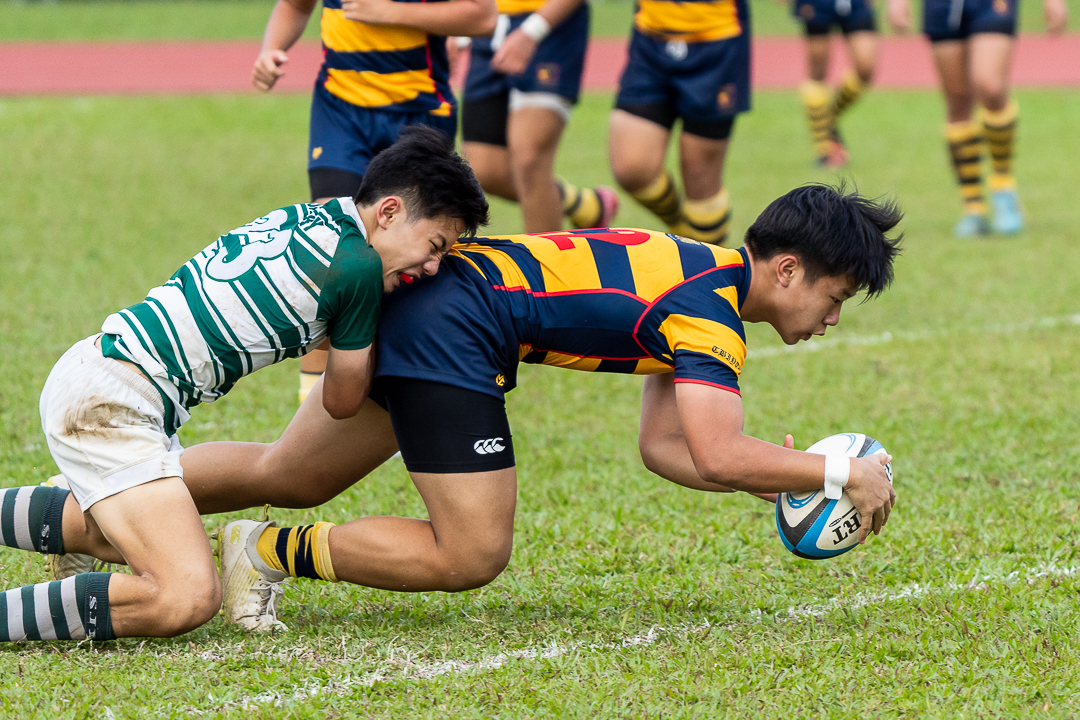
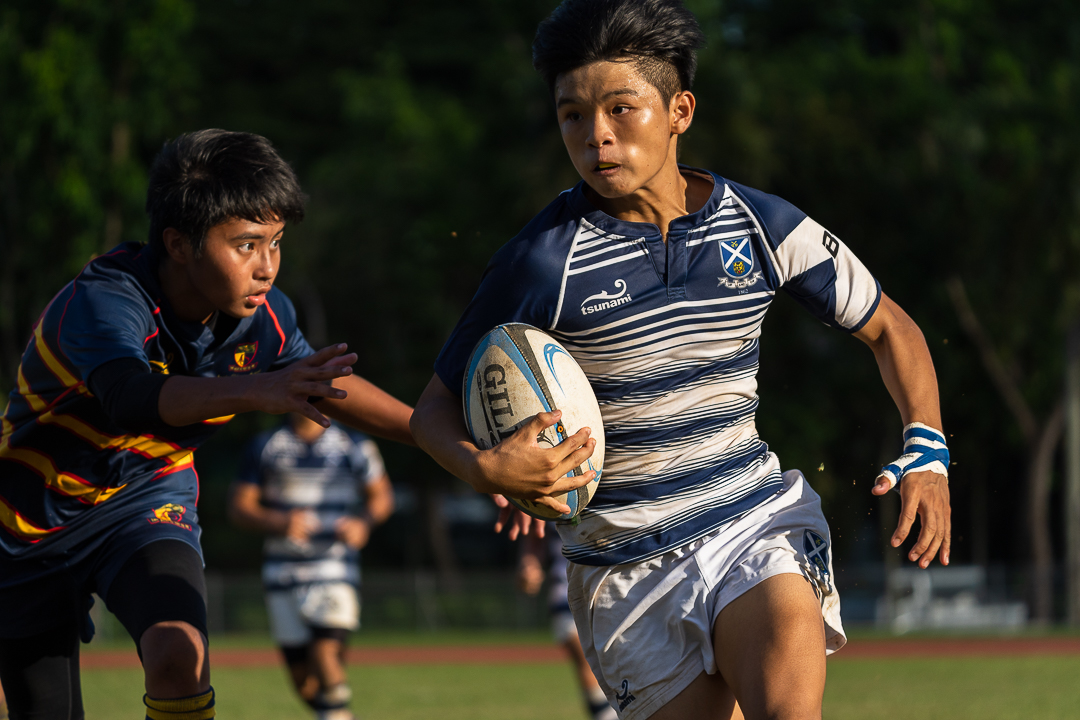
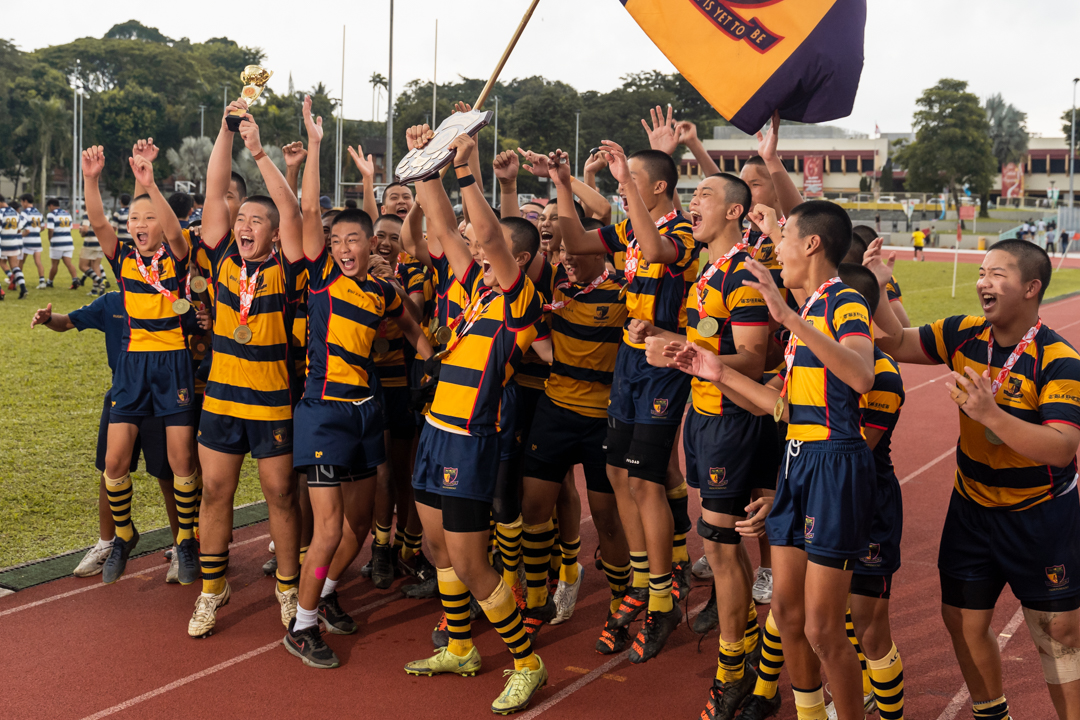
Thanks Rui Yong,
All the best to you as well on your training stint with them. You will definitely return as an even better runner!
Wow, do you get to train with the likes of Edward Cheserek and Mac Fleet? Must be such an enriching experience.
Dear running fan,
Due to NCAA eligibility issues, I’m not allowed to train with the University of Oregon NCAA team which Mac Fleet and Ed Cheserek train on, under Coach Andy Powell.
Instead, I’m training with a semi-professional team, Team Run Eugene, under Coach Ian Dobson.
Follow my journey at https://www.facebook.com/sohruiyong to see what I’m up to in Eugene, Oregon.
Also check out the Team Run Eugene page at https://www.facebook.com/TeamRunEugene
Best wishes in your own pursuits as well!
Regards,
Rui Yong